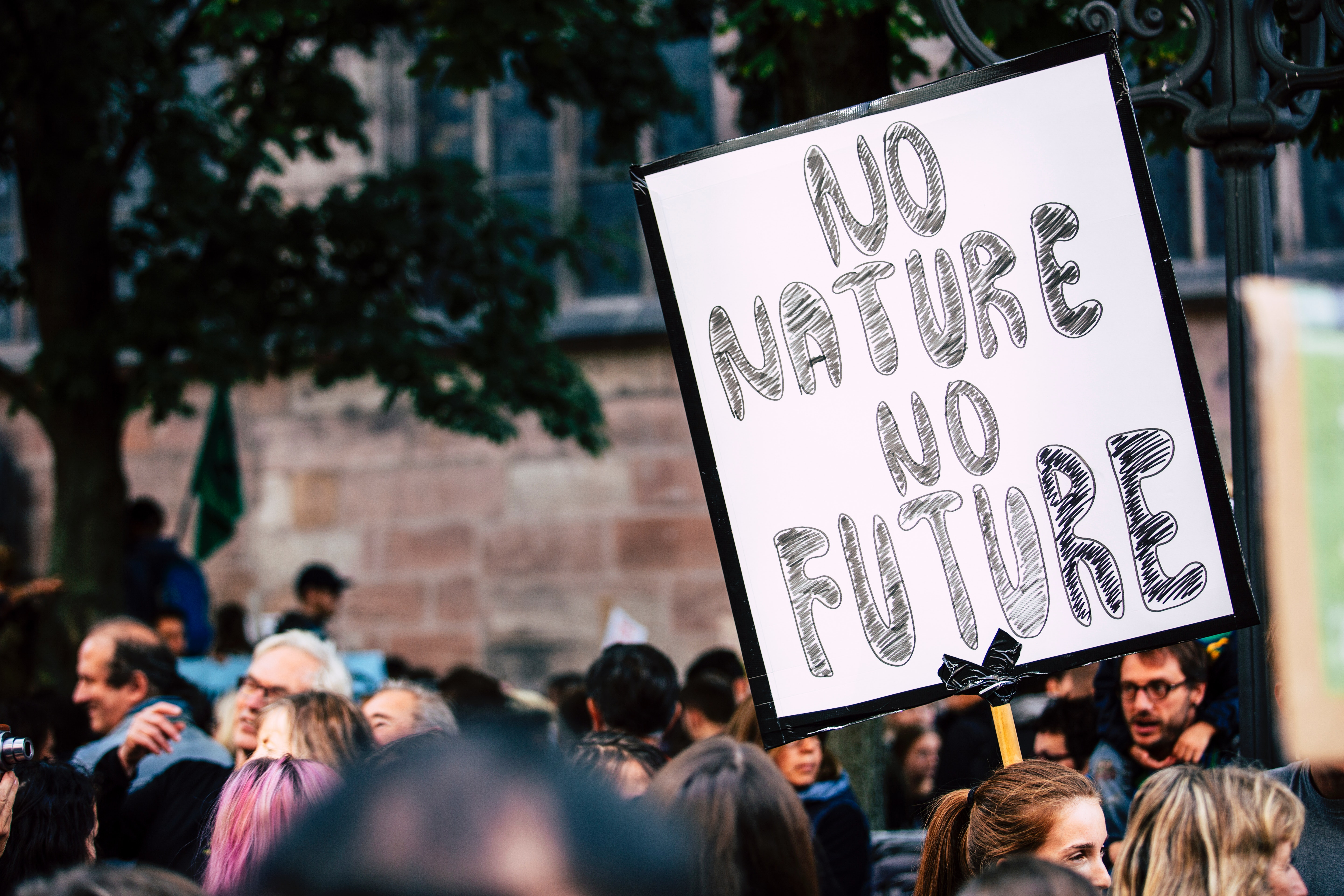
Written By: Anika Hazra, National Conservation Communications Coordinator
Climate change has been highlighted in many news stories lately, along with studies documenting declines in wildlife around the world. At the end of 2019, a story about the loss of more than 3 billion birds in North America since the 1970’s caught the public’s attention – and that is just one of many articles. The bad news cycle for the environment can be overwhelming, but the key to understanding and resolving these massive issues is to recognize they are connected and can thus be tackled at once. The common denominator for climate change and biodiversity loss is ecosystem degradation. Birds disappear with their habitat – forests, wetlands and grasslands – and greenhouse gases (GHGs) are emitted when ecosystems are destroyed.
How do we kill two birds with one stone? Nature-based climate solutions! If paired with significant reductions in fossil fuel emissions, nature-based climate solutions have the potential to help us limit global warming to 1.5 degrees Celsius.
Setting the Stage for Natural Infrastructure
In August 2019, CPAWS published a climate change report, Finding Common Ground: Six Steps for Tackling Climate Change and Biodiversity Loss in Canada, urging Canada’s federal leaders to look into using nature-based climate solutions to reduce GHG emissions, slow biodiversity loss and mitigate the impacts of climate change. We made the case that Canada is well-positioned to start taking concrete steps to address climate change and biodiversity loss. As part of that roadmap, we also highlighted the role of a nature-based climate solutions fund that is specifically meant for piloting innovative solutions that address both biodiversity loss and climate change.
Money Doesn’t Grow on Trees
In September 2019, the Liberal party committed to creating a $3 Billion fund (for disbursement over 10 years) to reduce Canada’s emissions by 30 Megatonnes by 2030 as part of their election platform – this would be achieved through the management, conservation and restoration of ecosystems. This fund could help meet Canada meet the 2030 climate targets and, if managed correctly, also help address the degradation and loss of species habitat, which is the number one reason for the decline of wildlife in Canada. The Liberal party’s plan to work with nature to fight climate change is outlined in a backgrounder.
With a new government in place, CPAWS is looking forward to seeing a shift towards making use of innovative climate change solutions. Immediate action is required to mitigate the impacts of climate change, and protecting Canada’s ecosystems is an effective measure we can take right now.
